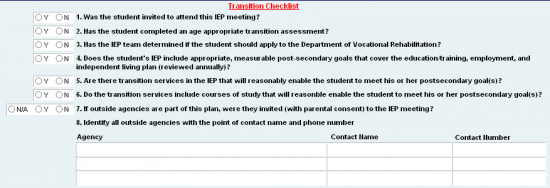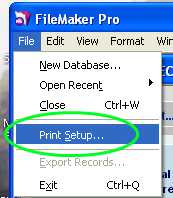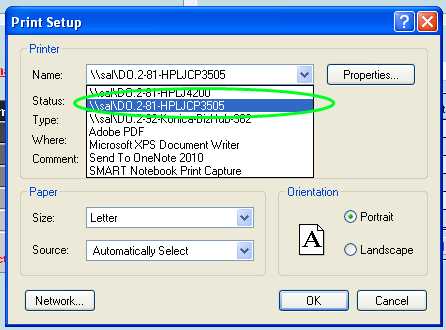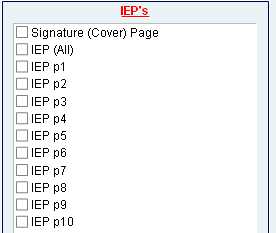The most common question on this transition checklist is #3. This question is only asking if the team discussed DVR services and whether the student should apply for the service. This question is not asking whether the student applied. This question should be answered “Yes” in nearly all cases as information can and should be provided about DVR to all students with transition plans. Brochures are available through Denise Kelly if you are not ready to invite DVR to a meeting, but want to provide information to the student and family for consideration or discussion later.
If there are transition agencies (agencies that will be providing transition services to the student) involved with the student, then the contact information would be included in the table at the bottom of the checklist. If you have questions, contact Pupil Services.
The most common question / error on this LRE checklist is question #2. This question will generally be “No” as a student who is receiving any type of pull out instruction is not “satisfactorily educated in the general ed environment for the entire school day.” #5 is also one that is difficult in some circumstances. #5 is only a “No” if the student’s IEP placement is implemented at a school other than his / her homeschool. So, for students who are at Marathon, for instance, #5 would be “Yes” still because the IEP team did not place the student at Marathon. #5 would be “No” if the student’s IEP placement or LRE is a self-contained setting and the district had to change the location due to a school not having that LRE. The placement is the IEP team’s decision. The location, if different than the home area school, is the district’s decision.
Any “No” responses require a justification specific to the question that had a “No” response.
If you have questions, please contact Pupil Services.





